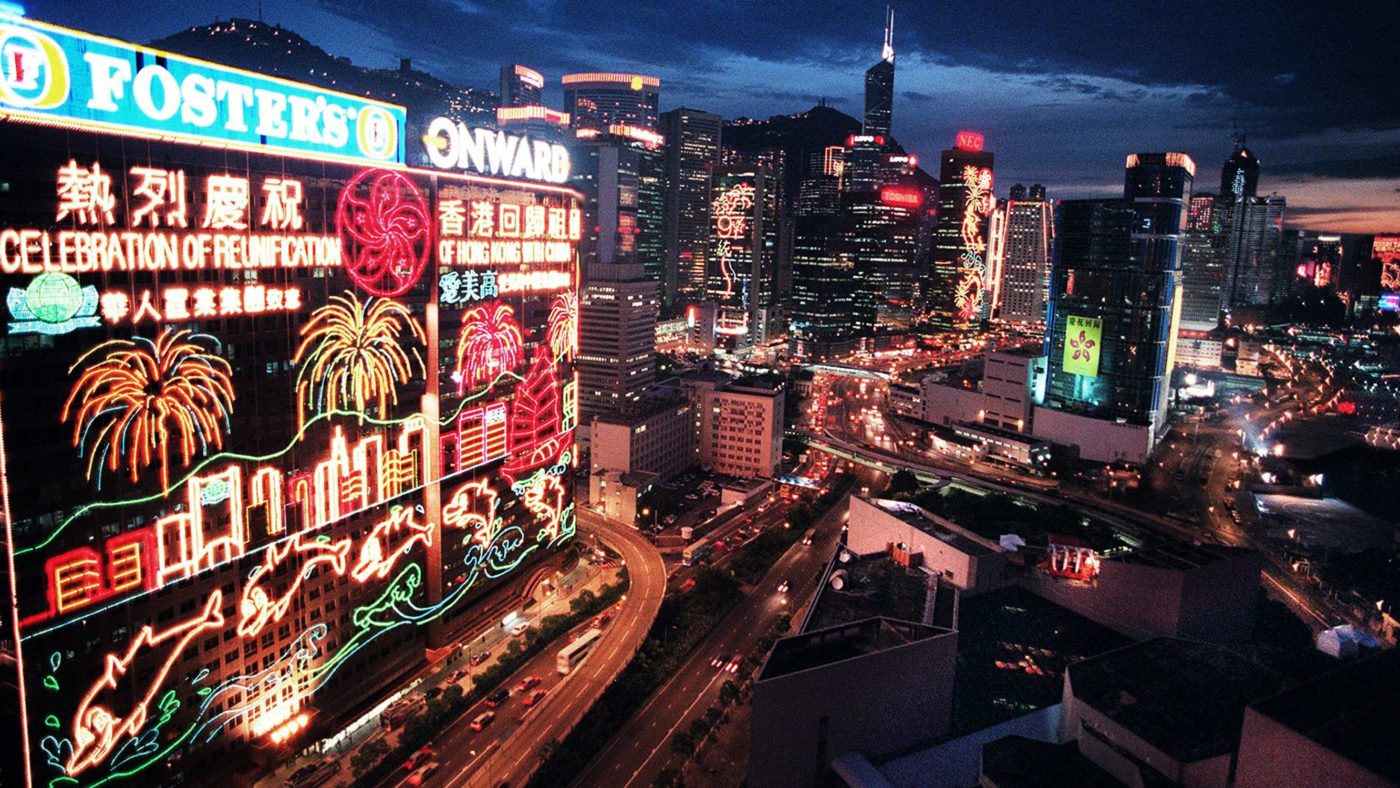Earlier today, the Fraser Institute published the 21st edition of its annual Economic Freedom of the World (EFW) report. The Canadian think-tank uses 42 data points across five different areas (size of government, legal/property rights, sound money, freedom to trade internationally and regulation) to rank the economic freedom of 159 countries and territories.
The results? As Johan Norberg puts it, “freedom is awesome”. Which is to say that – almost without exception – the freer the country, the more rapid its economic growth, and the higher its citizens’ income.
The full report is available on the Fraser Institute’s website. But here are the key points:
America is not the real Land of the Free
Hong Kong, despite recent political upheavals, takes the top spot – as it has since 1980. For the tenth year in a row, Singapore comes in second. New Zealand, Switzerland, Ireland, the UK, Mauritius, Georgia, Australia and Estonia make up the rest of the top 10. The United States has moved up from 13th spot to 11th. There it joins Canada, which has fallen six places. Other notable rankings are Germany in 23rd place, France in 52nd, Mexico in 76th, Russia in 100th and China in 112th place.
The freer the country, the better
Why do the positions on the list matter? They matter because, as mentioned above, there is a high correlation between economic freedom and important indicators of human wellbeing.
The Fraser Institute splits the measured countries and territories into quartiles (i.e., each quartile represents a quarter of the samples) based on their level of economic freedom. The freest quartile has an average income that is seven times higher than that of the least free quartile ($42,463 and $6,036 respectively). Between 1990 and 2015, economic growth averaged 3.35 per cent a year in the freest quartile, whereas the least free experienced a measly 1.66 per cent growth.
It’s not just about money. In the freest nations, life expectancy is 80.7 years. This is 16.3 years more than in the bottom quartile. For many people, that amounts to a difference between knowing one’s grandchildren, or dying before their birth.
Finally, the freer the nation, the better off the poorest people in it are. The bottom 10 per cent of income earners in the freest quartile earned 11 times more than the bottom 10 per cent in the least free quartile ($11,998 per year and $1,124 per year respectively). In the freest countries, the poorest 10 per cent make almost twice as much as the average person in the least free countries.
Economic freedom isn’t just about the economy
For the first time, the 2017 edition of the report has adjusted its methodology to include the Gender Disparity Index (GDI). The inclusion of the index acknowledges that women are not always accorded equal treatment before the law. By using information from the World Bank’s Women, Business and Law and 50 Years of Women’s Rights projects, the Fraser authors have amended the EFW scores retrospectively.
This methodological change has meant that the Arab nations have dropped – a lot. (The report was compiled before the news broke that Saudi women will now be allowed to drive, but I don’t think it would have affected the findings much.)
In the previous report, for example, there were four Middle Eastern nations within the top 30. Now that GDI is included, not a single Arab nation ranks in the top 36. The United Arab Emirates and Qatar, which were previously the highest ranked MENA nations at 5th and 11th places respectively, are now just 37th and 45th. And the 10 countries that experienced the biggest decreases due to the GDI adjustment were all Muslim-majority nations.
The world is getting freer, faster
This is the final and most important point to make. Despite our tendency towards pessimism about the state of the world, economic freedom has increased substantially in the last 25 years – especially in developing nations.
In 1990, the average score for a “high-income industrial” country was 7.18, compared to only 5.28 for the average “developing” country. By 2015, the average score in high-income countries was 7.76 and the average in developing countries was 6.61. The gap between the two groupings has fallen from 1.90 to 1.15 – an improvement of 40 per cent. This is thanks in large part to trade liberalisation, and the widespread conquest of inflation and introduction of sound money.
The result is that, if the 1980s world average was a nation, it would place in 154th place today – ranking between war-torn Syria and anarchic Libya. If the 2015 world average was a nation in 1980, it would be the 9th freest – with a score of 6.88, slightly above Canada at the time.
The new EFW shows that despite many anomalies and challenges, economic freedom remains deeply linked to important indicators of human wellbeing, including wealth, poverty alleviation and life expectancy. As such, it is the poorest members of the human family who get the greatest benefits from it. Long may that continue.


